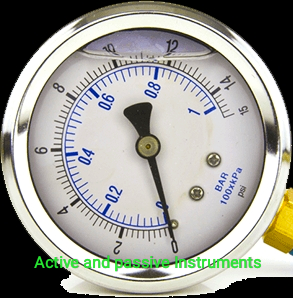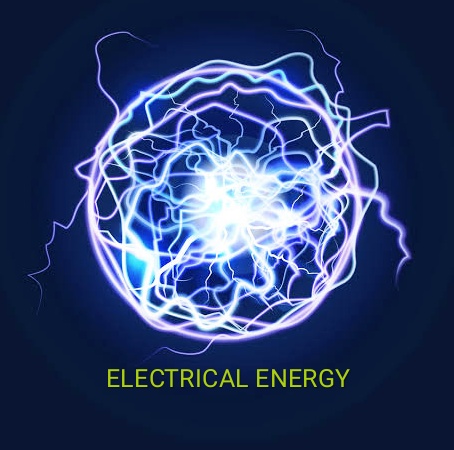BASIC OF CHARGE AND CURRENT
CHARGE AND CURRENT:
 |
| CURRENT |
concept of charge is based on atomic theory.
We know that all matter is made up of fundamental building blocks called atoms and that the atoms,in turn,are composed of different kinds of fundamental particles.
The three most important particles are the electron,the proton,and the neutron.
The electron possesses negative charge,the proton possesses equal-magnitude positive charge and the neutron have neutral or has no charge at all.
As we rub the rubber comb with woolen
cloth,the comb acquires its negative charge because some of the electrons on the wool are rubbed off on to the comb;the cloth then has an insufficient number of electrons to maintain its electrical neutrality and thus behaves as a positive charge.
When electrons are removed from the substance,that substance becomes a positively charged and the substance acquiring electrons from the other substance becomes a negatively charged.
The basic unit of the charge,called the Coulomb after Charles Coulomb,the first person to make careful quantitative measurements of the force between two charges.The electron has a charge of 1.6021 x10-19 Coulomb.
The phenomenon of transferring charge from one point to another pointis described by the term,electric current.An electric current may be defined as the time rate of net motion of electric charge across a cross-section of the conducting malerial.
Remember that random motion of free electrons in a metal does not constitute a current unless there is a net motion of the charge with time.
In equation form,the current is
i=dq/dt
If the charge q is in coulombs and time t is measured in seconds,then the current is measured in amperes.
Since the electron has a charge of 1.6021 x 10-19Coulomb, it follows that a current
of l ampere corresponds to the motion of 1/1.6021 x 10-19=6.24 x 1018 electrons
past any cross-section of a conducting path in one second.
A charge in motion constitutes an electric current.




Oh my god...i can feel this current😂 sir... Amazing
ReplyDeletenice article
ReplyDelete